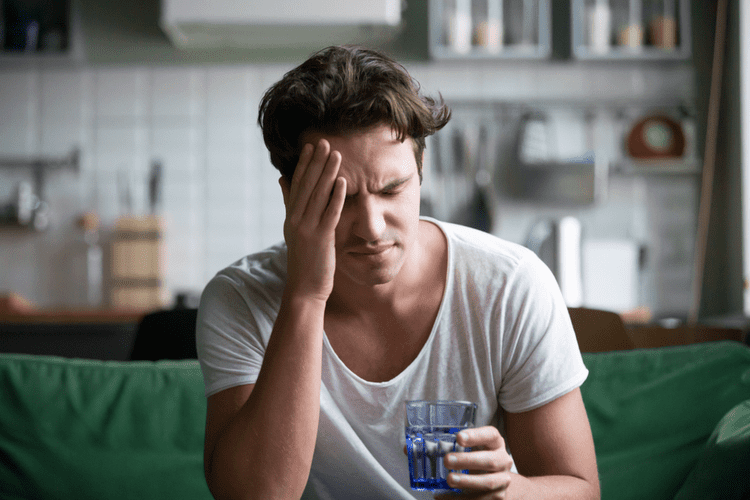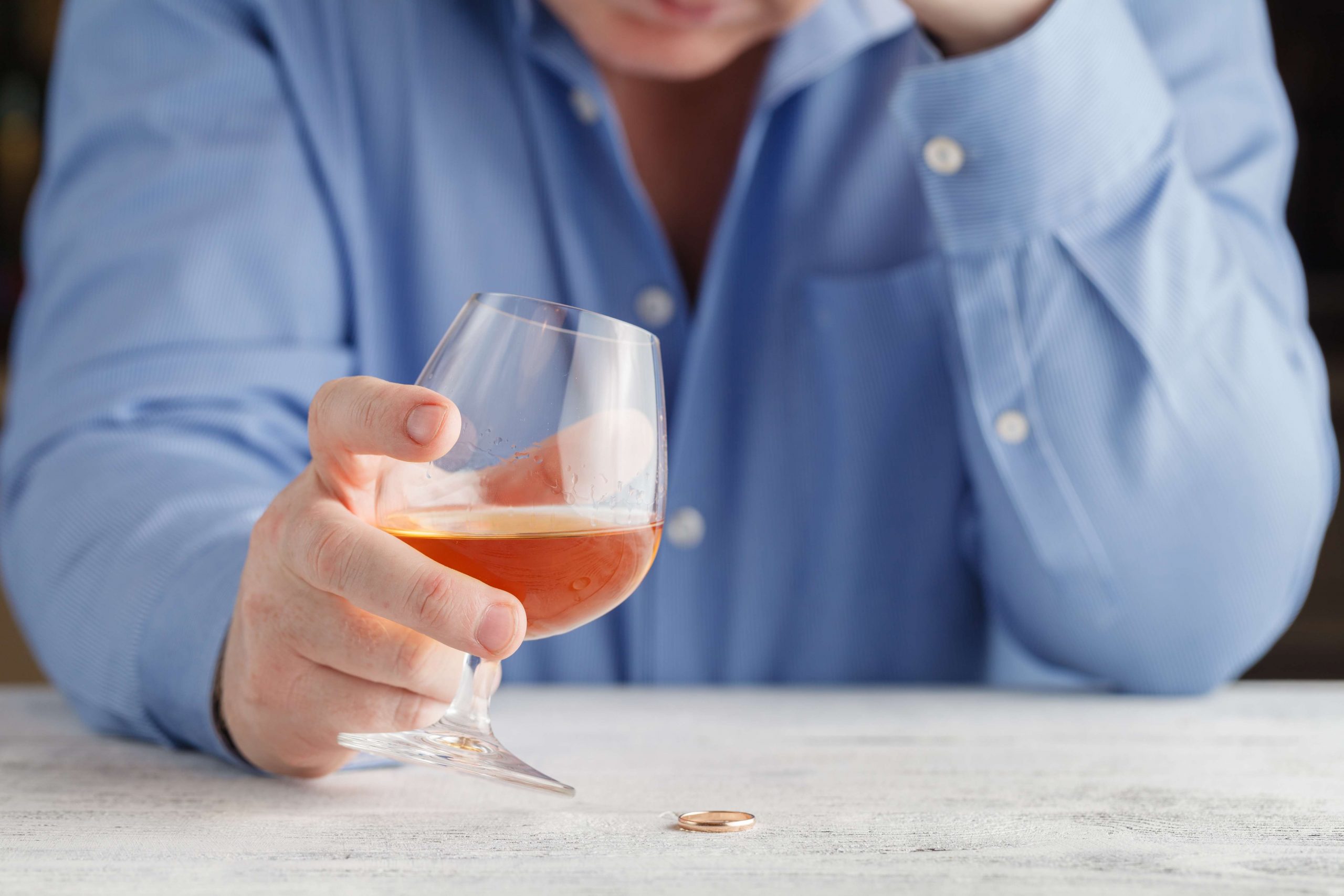Content
Accordingly, this cybernetic brain-environment interaction may trigger strong somatic signals such as desire, urge and anticipation (Verdejo-Garcia and Bechara 2009). In effect, this process may limit autonomy as it allows for “preference reversals” (Levy 2007a) to occur in situations where an individual would rather not use. Some aspects are universal (e.g., Top 5 Tips to Consider When Choosing a Sober House for Living the activation of the reward system by drugs of abuse). Yet many other elements are idiosyncratic, such as the intensity of the experience of reward and the functioning of the individual’s mesolimbic dopaminergic pathway in the brain. The biopsychosocial model provides a means of considering the myriad of factors that can contribute to the risk of addiction.

The term “psychology” refers to a behavioural process that relates to motivation, emotions, mood, or the mind. When we look at classical and operant conditioning to social learning theory, the transtheoretical model and the behavioural perspective we can see how the psychological dimension strongly affects addiction. All these areas contribute to the Psychological Dimension and what motivates the reward system. Addictions research using heroin-assisted treatment (HAT) trials such as the North American Opiate Medication Initiative (NAOMI) and similar HAT studies and programs in Europe are a striking, if not controversial example of an effort to embody a biopsychosocial systems approach. The objective of these trials is to investigate the benefits and risks of administering medically supervised, pharmaceutical-grade injectable heroin to chronic opiate users where other treatment options, such as methadone maintenance therapy, have failed. An individual living with an addiction is in-the-world-with-others and thus acts as a being-among-others, such that the individual’s decisions and complex engagement with the world may not be as automatic as the neurophilosophical model may suggest (Gillett 2008a, 2008b, 2009).
Does viewing addiction through the biopsychosocial model change…
The chronic pain experience involves the interplay of nociceptive cues, cognitive distortions, and negative emotional appraisal. Mindfulness training has also been shown to reduce pain severity and uncouple pain from opioid use by helping the patient attenuate negative appraisals, reduce https://goodmenproject.com/everyday-life-2/top-5-tips-to-consider-when-choosing-a-sober-house-for-living/ fixation and hypervigilance from chronic pain, and reduce pain catastrophizing [86, 107, 117, 118, 119, 120]. As in SUD, MBSR interventions help to disengage the cycle of maladaptive pain coping strategies and prevent related behaviors, such as opiate stockpiling and other habits [107].
The BPPS model of addiction accepts there are multiple causes and multiple solutions to addiction. Given the infinite range of human diversity, it seems clear that each person must determine his or her own unique recipe for a successful recovery. Our goal is to introduce the various ingredients that may be useful in creating a personal recipe for recovery.
Biopsychosocial Model
This ethical principle is justified and framed as a matter of human rights, which maintains that injection drug users, for example, have the right, like other less stigmatized members of society, to access medical and social services. This claim coincides with a recent emergence of a global advocacy movement that seeks to construct the use of drugs as a human right (Elliott, Csete, Wood, and Kerr 2005; Lines and Elliott 2007). Notions of a pathologized self, deeply enmeshed with personal identity, may lead an individual to internally negotiate a relationship between the self and the brain (Dumit 2003). It may further challenge understandings of “accepted” identities, such as health seeking and rational, as opposed to “contested” identities, such as addict, intoxicated, and at-risk (Fry 2008). The latter may compromise an individual’s sense and experience of free will, being-in-the-world, perceptions of personal responsibility, and view abnormalities in dopamine pathways as fatalistic. For example, researchers have found a robust association between trauma and addiction (Dube et al., 2002, 2003; Giordano et al., 2016).
- The biopsychosocial model was originally created for therapy when it comes to managing various mental illnesses.
- As discussed above, both repeated exposure to addictive drugs and chronic pain lead to changes in brain function that promote continued drug use.
- My hope is that, through reading this blog series, you have gained a deeper understanding of some of the many theoretical models of addiction, and how different factors may contribute to the development of addiction in individuals.
Interestingly, in the older age group, exposure to Emme resulted in an increased desire to be thinner when an adult. The authors propose that for these older girls who may already have internalized the thin ideal, this doll may represent a possible but feared future self. Yet, others developed their own approaches where they focused on environmental and social components. When we look at the psychological dimension, it also allows us to understand and work more effectively in helping individuals, families and communities thrive and flourish in a positive way. When we understand the impact of our perception, purpose of rewards, motivation, expectancy, and maturation, it helps us to find solutions to the addictive behaviours that may not have been an option previously.
Find Therapy and Psychiatry by Location
For example, for every additional ACE score, there is a correlated 62% increase in the rate of the number of prescription drugs used. Furthermore, a two- to four-fold increase in the likelihood of early initiation into illicit drug use is observed each time an ACE of childhood abuse, neglect, or household dysfunction is introduced. If a family member was an addict, genetic factors could be passed down from one generation to the next. It is important to allow them the journey of peer support, mutual aid, culture, nature, and spirituality to find their own spiritual dimension and it’s important to them. It is important not to look at the biological dimension as neurobiology alone, but to also take into consideration aspects of health functioning such as addictive behaviour, diet, exercise, self-care, nutrition, sleep and genetics. The deontological principle of respect for persons is a characteristic feature of harm reduction efforts such as HAT.

Empirically supported measures of substance use aid in planning individualized treatment of substance use-related problems and its evaluation. After overcoming her own struggles with addiction, she began working in the treatment field in 2012. She graduated from Palm Beach State College in 2016 with additional education in Salesforce University programs. A part of the Banyan team since 2016, Alyssa brings over 5 years of experience in the addiction treatment field. So, various forms of psychotherapy are necessary to help learn how to identify negative thinking patterns related to addiction and replace them with new healthy thought patterns. Equally so, treating addiction requires addressing each of these factors for recovery to be successful.
Download Our Brochure of Addiction Treatment Services
In this paper we use the term “substance use disorder” or “addiction” to refer to both the complex nature of severe substance dependence and substance abuse. “HAT is not simply a pharmacotherapy; it is a treatment approach that is situated within a context involving neighborhood factors, the local drug scene, housing, policing, medical care, and other treatment services. Its role and effectiveness is entangled with the ancillary services available, drug policies, and treatment philosophy” (p.262). Rates of substance use and dependence vary across, and even within, cultural and social groups (Wallace 1999; Wallace, Bachman, O’Malley et al. 2002). Factors such as availability and peer modeling account for the inter- and intra-group disparities (Thomas 2007).
- Accordingly, the social environment can increase the frequency of cravings, which may contribute to increased drug consumption, and thus increase the probability that affected individuals will participate in a series of habituated behaviours that facilitate using (Levy 2007b).
- Although research has stagnated somewhat, SFBP group therapy appears to be effective for treating SUD, sometimes outperforming traditional programs [127].
- Overall, in a review, Burmeister et al. (2014) concluded that the effects from these meta-analyses are robust and stable, and the effects of individual RCTs and small-scale studies support the promise of DBT adaptations for wider aspects of human suffering.
- At the core of mindful therapeutic practice is acceptance that the stressors that trigger drug use or exacerbate chronic pain cannot be eliminated from one’s life, but that their responses to those stressors can be modified.
- The dynamic within these relationships can contribute to or inhibit the emergence of a complex behaviour such as problematic substance use, while regulating both inputs and outputs from changing internal and external environments.
MentalHelp may receive marketing compensation from these companies should you choose to use their services. This series presents research on addiction as a brain disease that causes personality problems and social dysfunction. If you’ve ever received substance use services, or if you’ve ever worked in a treatment setting, you are likely well aware of the emphasis that is placed on forming new relationships with new people who do not use substances. For many, this is the biggest benefit of mutual support groups such as Alcoholics Anonymous. In fact, AA considers itself to be “a fellowship, a community of like-minded sufferers who have found a way out of a hopeless condition.” The first step for many on the road to recovery is terminating old, maladaptive relationships, and replacing them with new, more adaptive ones. Many young men are taught to keep things to themselves rather than share their feelings and seek help from a mental health professional.
So, they tend to misuse substances that make them feel better, even if only temporarily. These imbalances could cause a predisposition and increased risk of developing an addiction. Psycho-social systems are concrete entities or groups whose members act in relation to each other, such as families, religious organizations, and political parties (Bunge 2004). Social processes in addiction are investigated by examining social categories such as networks, groups, organizations and subcultures that alone cannot be explained by neurobiology. Addiction consists of interacting biological and psychosocial mechanisms because the mechanism (e.g., the behaviour) contributing to addiction involves action within a social system. The larger societal structure either restricts or enhances interactions between agents in a social system (Bunge 1997).

Hunt (2004) takes the rights-based notion further and identifies and characterizes two ethics of harm reduction. First, he describes a “weak” rights ethic, wherein individuals have the right to access good healthcare. Second, Hunt identifies a “strong” rights account that acknowledges a basic right to use drugs. Based on this definition, we believe that HAT falls into both camps HAT seeks to promote the right to access good health care, and the basic right as an individual asserting sovereignty over his or her body to inject heroin.
Being A New Mom and Navigating Social Media
Our primary purpose is to foster long-term sobriety through the cultivation of accountability, camaraderie, & character development. Various forms of psychotherapy help you catch these thoughts and learn how to replace them with helpful ones. CBT teaches you how to begin spotting these thoughts and dealing with them before they begin a downward spiral. There are also therapies like Dialectical Behavioral Therapy (DBT), which is helpful for managing intense emotions. By learning how to regulate your emotions, you become less reactive, which can save you from picking up a drink or a drug.
These individuals may experience constant hyperarousal, hypervigilance, anxiety, and abuse drugs may be an effective way to regulate these emotional experiences (Felitti et al., 1998). Thus, numerous psychological factors and experiences can increase the risk of changing how one feels (or regulating emotions) via drugs of abuse. The diagnostic formulation follows the standard biopsychosocial model, which means that biological, psychological, and social factors are taken into account in developing a comprehensive framework for understanding the child’s symptomatic presentation. Once the relevant data are gathered, the clinician synthesizes the information and reaches a working diagnosis.

Add Comment